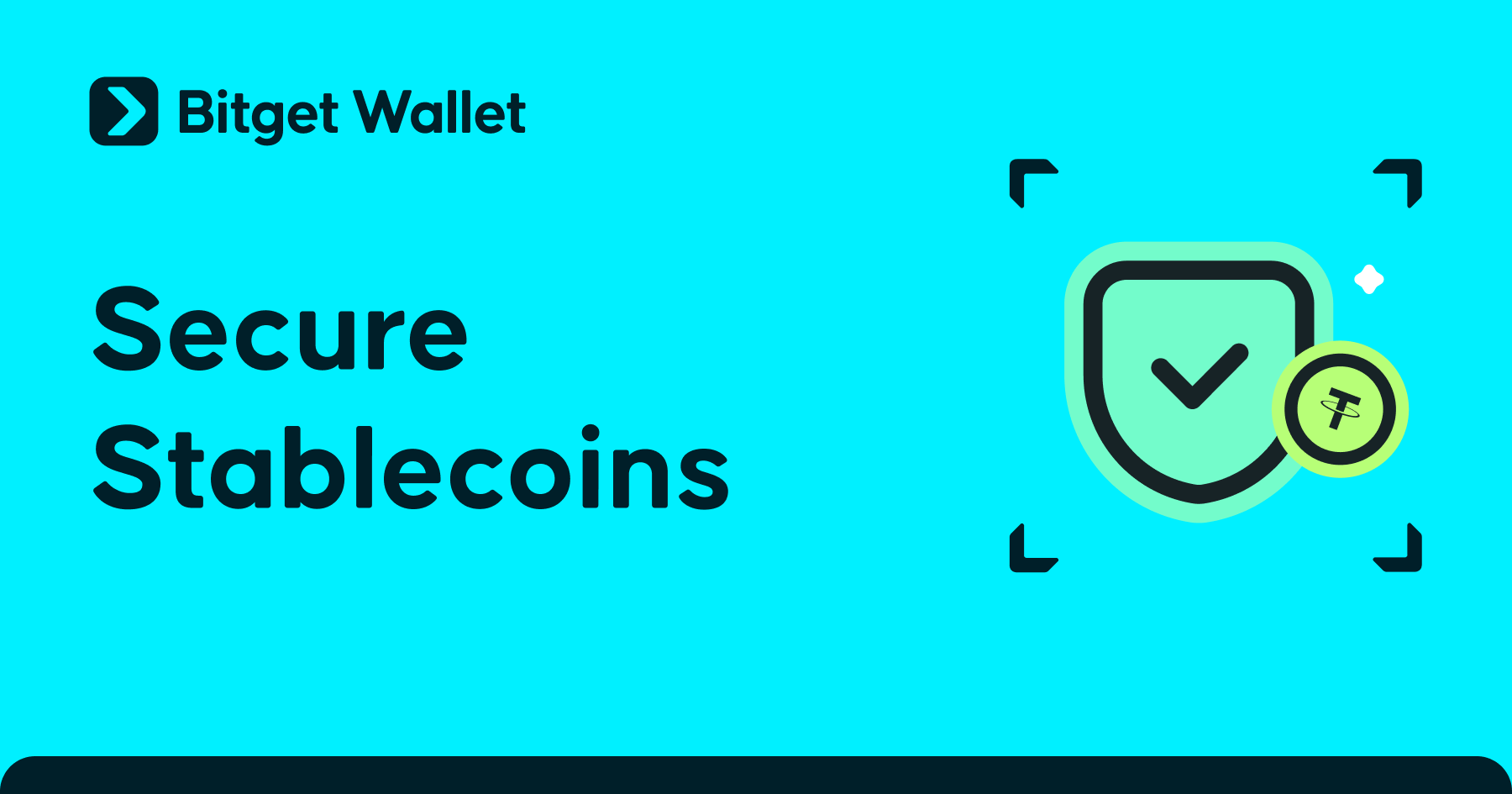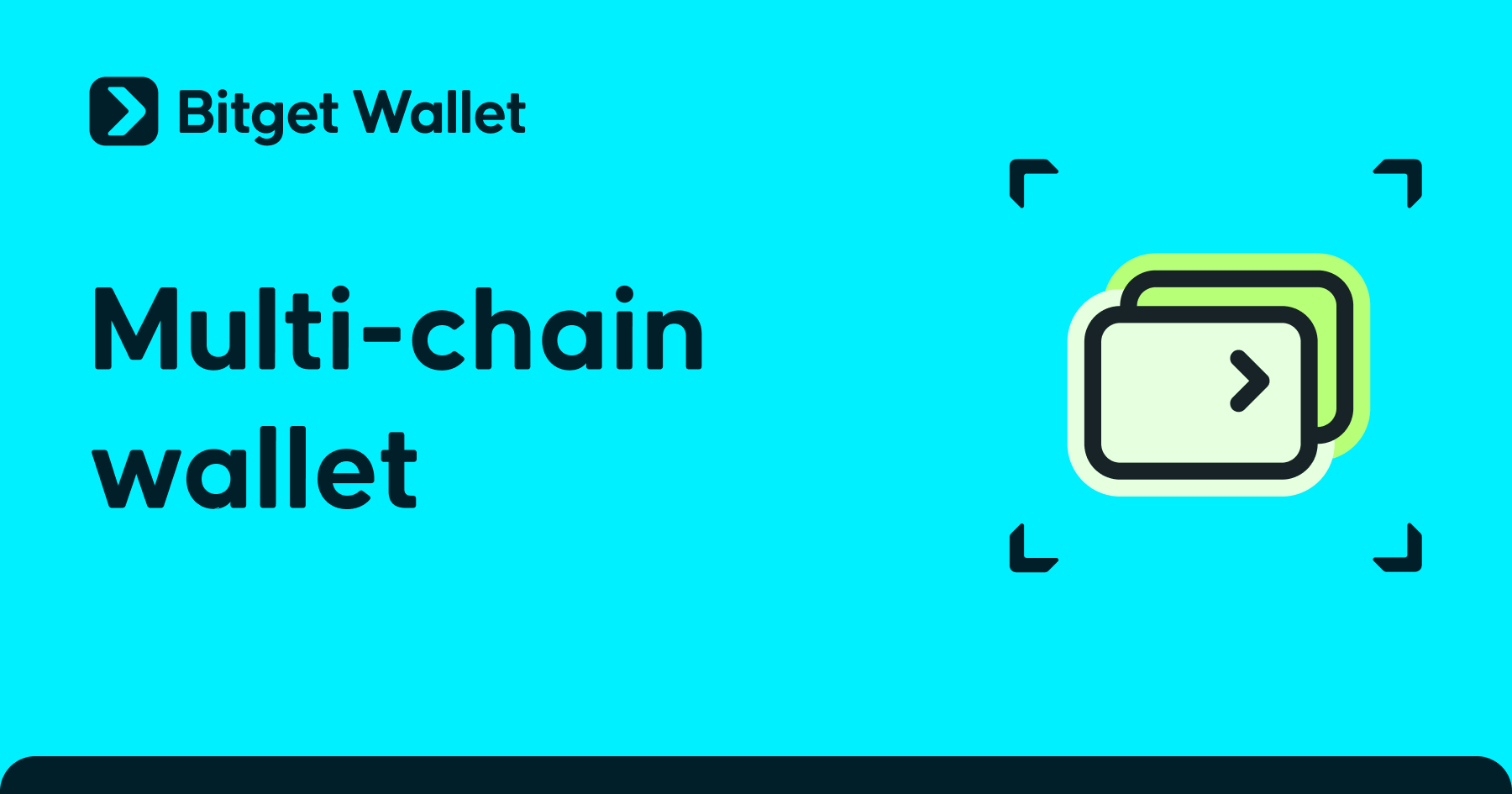What is USAT Stablecoin? How Tether’s New U.S. Token Differs from USDT
What is USAT Stablecoin heralds a major shake-up in the stablecoin world—Tether has officially launched USAT, its fully U.S.-regulated, dollar-backed digital asset set to hit the market by the end of 2025. Designed under the newly enacted GENIUS Act, USAT (USA₮) is meant to strictly comply with U.S. financial laws, while retaining the lightning-fast transactions, liquidity, and global reach that have made Tether a powerhouse. Unlike its older sibling USDT, which mostly operates beyond direct U.S. oversight, USAT is purpose-built for domestic users, with heightened transparency, legally compliant reserve backing, and the regulatory framework to match.
Central to this bold move is Bo Hines, a former White House crypto advisor tapped to lead Tether’s U.S. business. With headquarters in Charlotte, North Carolina, this effort underscores Tether’s serious bid to anchor itself in the U.S. financial ecosystem.
This article breaks down what USAT is all about—how it differs from USDT, how it meets the rigorous standards of the GENIUS Act, what to expect in terms of adoption, and the risks ahead. And for those wanting to secure their place in the next wave of stablecoins, there’s one tool you don’t want to miss: Bitget Wallet, your portal to storing stablecoins safely, managing multi-chain assets, and exploring regulated DeFi—all in one user-friendly app.
What is USAT Stablecoin in 2025?
USAT is a U.S.-regulated stablecoin issued by Tether, launched in 2025 to act as a compliance-first bridge between traditional finance and blockchain. Unlike its global sibling USDT, USAT is built with U.S. institutions in mind, offering full transparency and oversight.
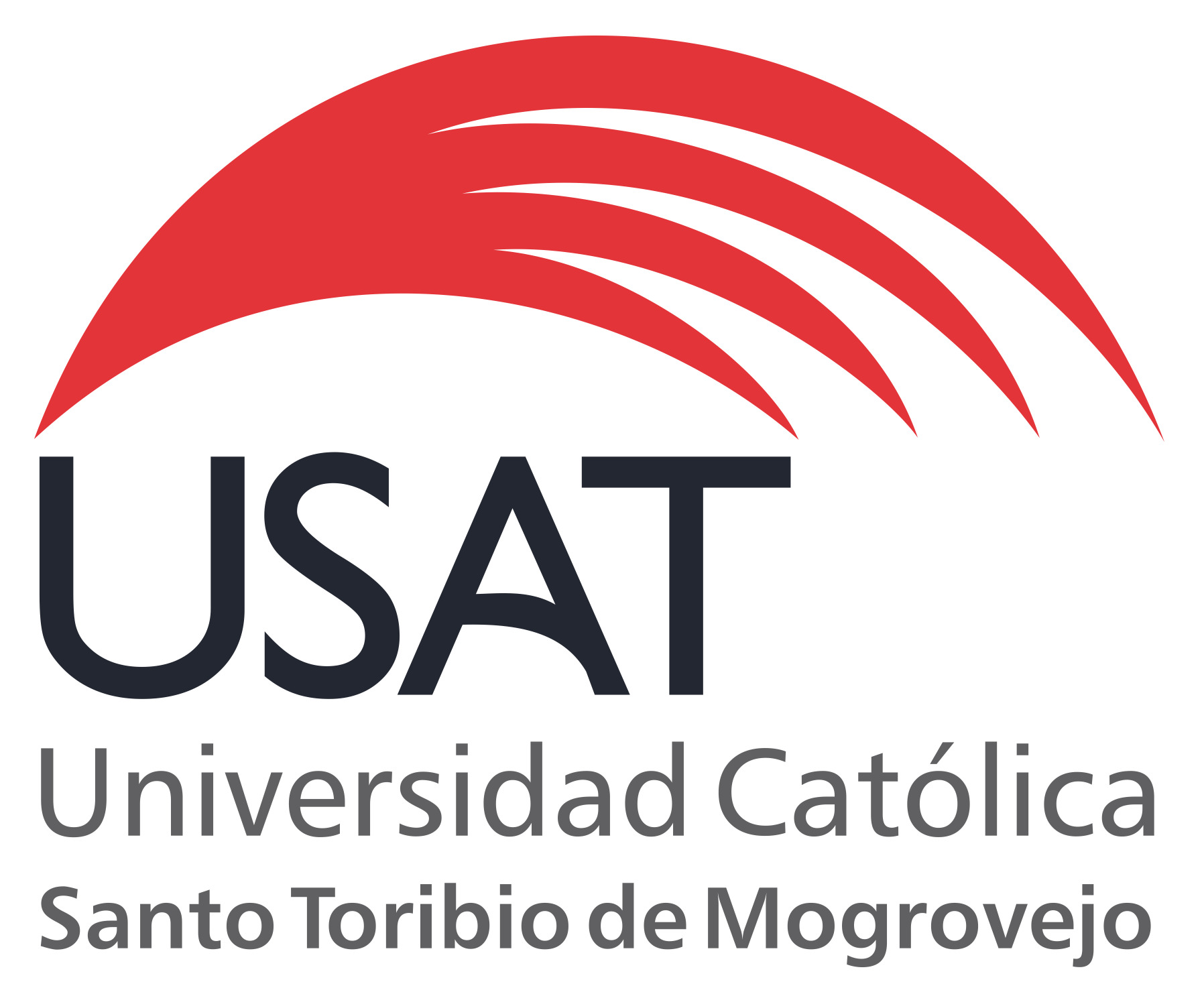
Source: es.wikipedia.org
How Does USAT Differ from USDT?
The main USAT vs USDT difference lies in focus and compliance.
- USDT operates globally, prioritizing liquidity and accessibility across exchanges and DeFi.
- USAT is U.S.-centric, regulated under the GENIUS Act, and designed for banks, corporations, and institutional investors.
While USDT thrives in retail markets worldwide, USAT emphasizes trust, audits, and alignment with U.S. financial law.
👉 Read more: What is Tether (USDT)? A Complete Guide to the World’s Leading Stablecoin
Why Did Tether Launch USAT?
Tether’s U.S. entry strategy with USAT aims to address longstanding regulatory skepticism. By complying with the GENIUS Act, Tether legitimizes its presence in the U.S. market after years of scrutiny.
The launch also positions Tether as a competitor to Circle’s USDC, offering policymakers and institutions another U.S.-regulated stablecoin option.
👉 Read more: What is USDC? Circle’s Dollar-Pegged Stablecoin Explained
Who is Leading Tether’s U.S. Business with USAT?
Tether’s expansion into the U.S. market requires leadership that can navigate both policy and finance. That responsibility falls to Bo Hines, a political figure with direct influence over crypto policy.
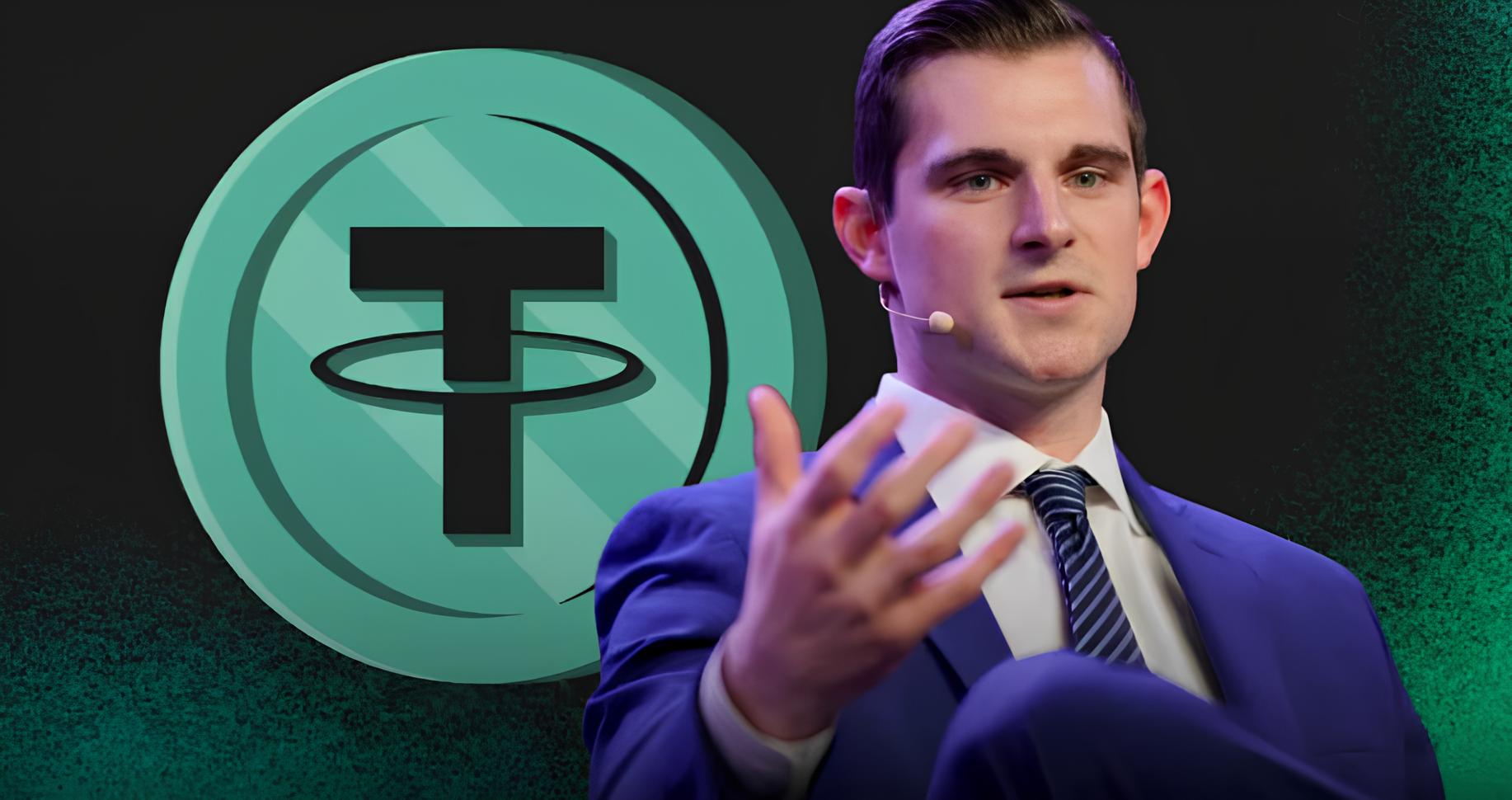
Source: Coinfomania.com
Who is Bo Hines and Why Does His Role Matter?
Bo Hines emerges as a pivotal figure guaranteeing Tether’s ambitions in the U.S. market.
- He previously served as a White House crypto advisor, directly participating in the crafting of the GENIUS Act.
- His deep political network in Washington gives Tether an advantage in dialogues with regulators.
- His leadership signals Tether’s serious commitment to complying with federal policy rather than avoiding it.
Where Will Tether US Operate From?
Tether has established its U.S. headquarters in Charlotte, North Carolina, a growing fintech hub.
- Unlike its historically offshore operating model, this decision sends a clear message about commitment to compliance and transparency within the U.S. legal environment.
- Basing operations in Charlotte not only brings Tether closer to major banking centers but also positions it as a bridge between Wall Street and blockchain finance, strengthening USAT’s role in the global ecosystem.
How is USAT Regulated Under the GENIUS Act?
Unlike USDT, which has often faced questions over reserves and audits, USAT is structured around strict U.S. rules. The GENIUS Act provides the legal framework defining how USAT must operate to ensure stability and transparency.
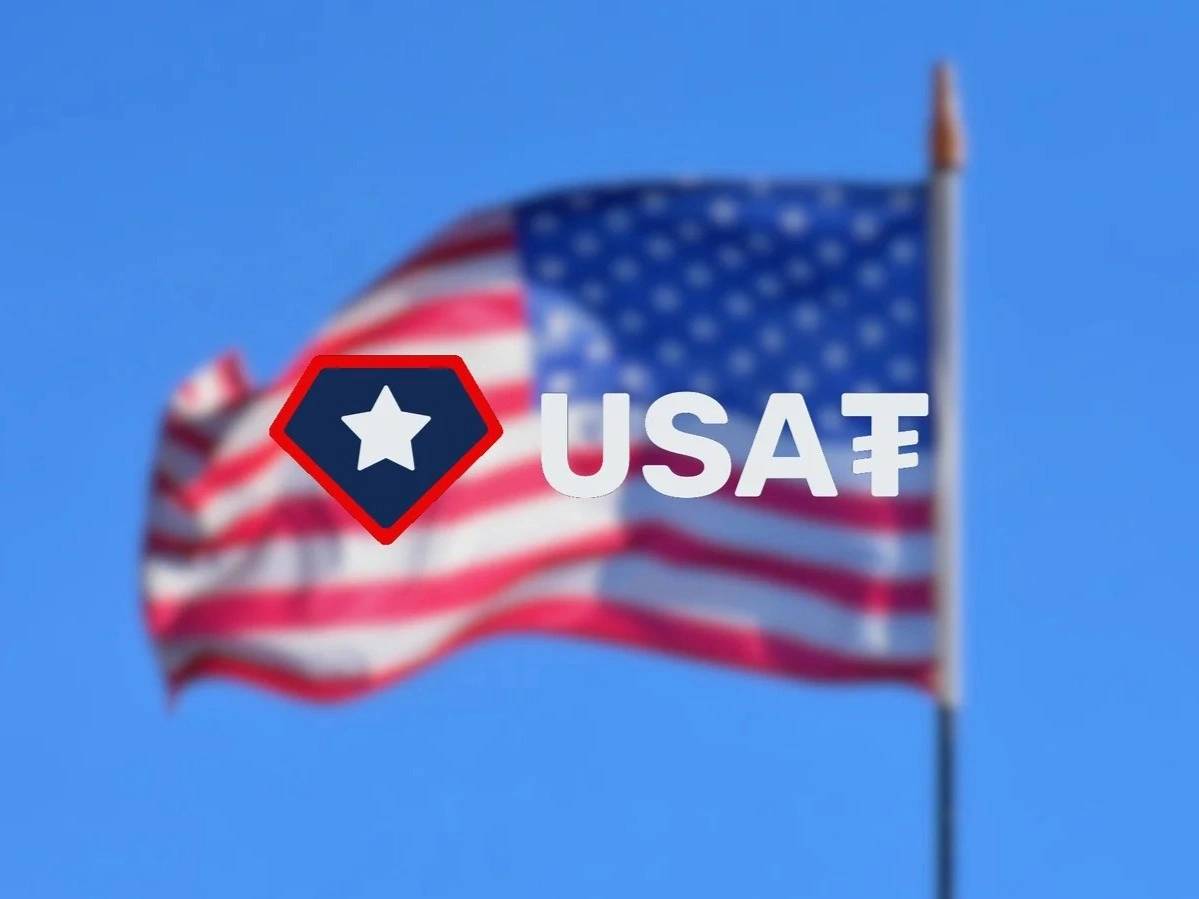
Source: Iq.wiki
What Rules Does the GENIUS Act Impose on Stablecoins?
The GENIUS Act sets clear standards:
- 1:1 reserve backing to guarantee redeemability.
- Mandatory AML/KYC compliance for users and institutions.
- Monthly audits and disclosures to maintain transparency.
How Does USAT Meet These Requirements?
To meet these requirements, Tether partnered with reputable U.S. institutions:
- Anchorage Digital serves as the regulated issuer.
- Cantor Fitzgerald acts as the reserve custodian, holding U.S. Treasuries.
- Independent audits ensure monthly reporting and compliance.
Together, these safeguards make USAT one of the most transparent stablecoins under U.S. law.
👉 Read more: What is the GENIUS Act? U.S. Stablecoin Regulation Explained (2025)
What Technology Powers USAT Stablecoin?
Behind USAT’s compliance-first approach is a technology stack designed to meet both institutional and retail needs. Tether deploys USAT on the Hadron Tokenization Platform, ensuring the stablecoin is programmable, multi-chain, and capable of supporting tokenized real-world assets. This makes USAT more than just a dollar-pegged token — it becomes a bridge between traditional finance and digital innovation.
What is Tether’s Hadron Tokenization Platform?
The Hadron Platform is the core technology enabling Tether to bring USAT into the era of real-world asset tokenization, unlocking broad financial use cases.
- Multi-chain deployment: allows USAT to be issued across multiple networks, increasing integration and liquidity.
- Programmable money: supports automated compliance and operations via smart contracts.
- Real-world asset tokenization: from U.S. Treasuries and securities to real estate, expanding use cases globally.
How Will USAT Enable Cross-Border Payments?
One of USAT’s standout advantages is its ability to reshape cross-border money flows thanks to speed and cost advantages over legacy infrastructure like SWIFT.
- Faster transactions and lower costs: significantly reduces settlement delays and international transfer fees.
- Built-in AML/KYC compliance: ensures lawful transactions that financial institutions will accept.
- Practical use cases: remittances, global payroll for remote workers, and B2B trade payments.
As a result, USAT not only delivers speed and cost benefits but also becomes a legally compliant, secure global payment instrument for businesses and individuals alike.
How Does USAT Compete in the Stablecoin Market?
The stablecoin sector has become one of the fastest-growing areas of digital finance, with a market capitalization surpassing $288 billion in 2025. While USDT still dominates global markets, new U.S.-regulated players like Circle’s USDC and upcoming challengers are reshaping the landscape. USAT enters this competitive field by combining Tether’s scale with U.S. compliance.
How Big is the Stablecoin Market in 2025?
The market for stablecoins has grown 34% year-to-date, reflecting their central role in crypto liquidity, payments, and tokenized finance. Key points:
- USDT remains the global leader with unmatched adoption across exchanges and DeFi.
- USDC dominates U.S.-regulated markets, preferred by institutions and fintech firms.
- All other stablecoins—combined—hold only a fraction of the top two’s share.
This dual structure (USDT global liquidity, USDC U.S. compliance) sets the stage for USAT to merge both advantages.
Can USAT Rival Circle’s USDC?
Circle’s USDC has had a first-mover advantage in compliance, working closely with U.S. regulators for years. However, USAT may challenge it by:
- Leveraging Tether’s global distribution: USDT already underpins global crypto liquidity, giving USAT a strong launchpad.
- Deep U.S. Treasury exposure: Tether is one of the largest holders of U.S. Treasuries, reinforcing credibility.
- GENIUS Act compliance: aligning with U.S. law removes a major barrier that previously limited Tether’s U.S. presence.
The USAT vs USDC rivalry could reshape how institutions choose stablecoins in regulated markets.
Who Are the New Competitors to Watch?
Beyond Circle, several emerging projects aim to capture market share:
- Stripe’s Tempo stablecoin for payment processing.
- Fireblocks Network’s regulated settlement token.
- Hyperliquid USDH, a DeFi-native stablecoin.
These competitors highlight surging demand for regulated digital dollars. Still, Tether’s reputation, liquidity, and partnerships with Anchorage Digital and Cantor Fitzgerald give USAT a strong positioning edge.
What Are the Benefits of USAT for the U.S. Economy?
USAT is not just another stablecoin — it is Tether’s strategic pivot into the U.S. financial system. By aligning with the GENIUS Act, USAT positions itself as a compliant, dollar-backed digital asset that can strengthen U.S. monetary influence in global markets. Its design blends institutional trust with Tether’s massive global network.
How Does USAT Strengthen Dollar Dominance?
One of the key goals of USAT is to reinforce the dollar’s role as the world’s reserve currency in the digital era.
- GENIUS Act compliance ensures USAT meets strict U.S. standards, making it one of the first truly U.S.-regulated stablecoins.
- While Circle’s USDC already serves this function, Tether’s global reach across 500M+ underbanked users gives USAT a broader distribution advantage.
- This dual strategy — domestic compliance + global liquidity — positions USAT as a powerful instrument for U.S. dollar dominance in on-chain finance.
What Role Does Tether’s Treasury Holdings Play?
Tether is now one of the largest holders of U.S. Treasuries, ranking ahead of major economies like Germany and South Korea. This has two critical effects:
- Supports U.S. debt markets – by continuously purchasing Treasuries, Tether helps finance U.S. government spending.
- Aligns private profit with public policy – Tether earns from Treasury yields while the U.S. benefits from greater global dollar demand.
USAT amplifies this cycle by bringing regulated capital into the same ecosystem.
How Could USAT Improve Cross-Border Payments?
Traditional SWIFT and correspondent banking systems are slow, costly, and opaque. USAT aims to solve this by:
- Enabling near-instant settlements across borders.
- Providing institutional-grade AML/KYC compliance, making it acceptable to U.S. regulators.
- Supporting real-world use cases like payroll for remote workers, remittances to emerging markets, and B2B trade finance.
This positions USAT not only as a stablecoin but as global payments infrastructure.
What are the Risks and Challenges for USAT?
While USAT marks Tether’s boldest step into U.S. markets, it faces several regulatory, operational, and market-related risks. These challenges will determine whether the stablecoin can successfully compete with USDC and win institutional trust.
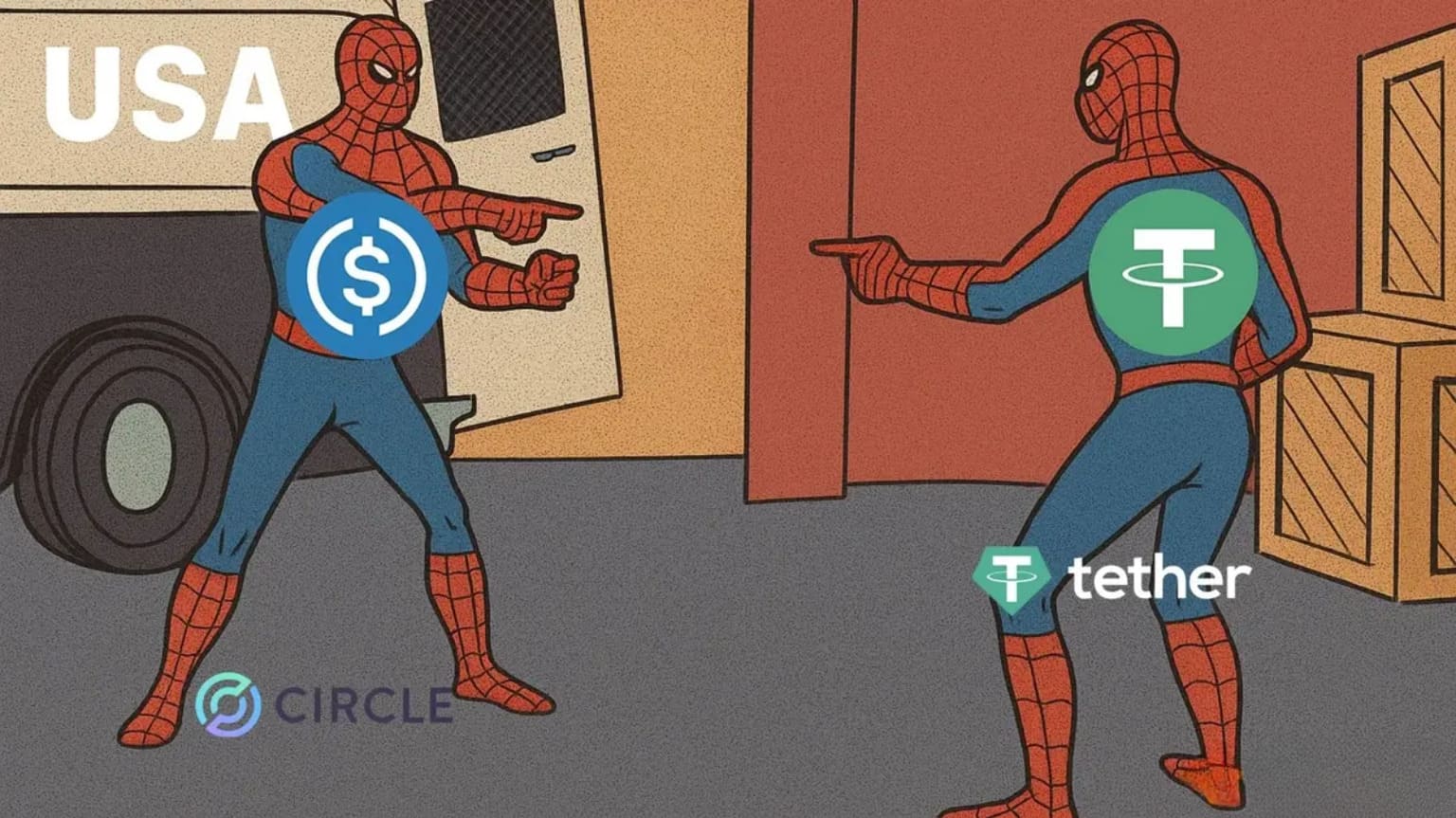
Source: Theblock101.com
Could U.S. Regulators Challenge Tether’s Broader Operations?
Tether has long been under scrutiny for reserve transparency and market manipulation allegations. Even though USAT complies with the GENIUS Act, regulators may continue probing Tether’s global operations. Any legal action against USDT could spill over into USAT, creating reputational risks.
What Operational Challenges Exist?
Operating under U.S. regulation brings complex obligations, including:
- Detailed monthly audits and disclosures.
- Strict AML/KYC enforcement.
- Balancing Tether’s offshore-first identity with U.S. compliance.
The complexity of running two separate but interconnected stablecoins (USDT for global use and USAT for U.S. markets) could create coordination risks.
Risk and Challenge Matrix for USAT
| Risk Category | Description | Impact Level | Mitigation Strategy |
| Regulatory Risk | U.S. regulators may expand probes from USDT to USAT. | High | Strict GENIUS Act compliance + proactive engagement with policymakers. |
| Transparency & Audit Risk | Quarterly attestations may not satisfy skeptics; demand for real-time proof of reserves. | Medium | Enhance transparency via monthly audits and public dashboards. |
| Operational Complexity | Managing USDT (offshore) vs USAT (domestic) could create conflicts. | Medium | Establish independent governance for U.S. operations. |
| Market Competition | USDC’s institutional trust and new entrants (Tempo, USDH) threaten adoption. | High | Leverage Tether’s global liquidity + partnerships with Anchorage Digital & Cantor Fitzgerald. |
| Reputation Risk | Tether’s history of controversies may shadow USAT. | High | Rebrand U.S. business with new leadership (Bo Hines) and compliance-first messaging. |
Conclusion
What is USAT Stablecoin in 2025 represents more than a new token — it is Tether’s strategic move toward regulatory legitimacy in the United States. Built under the GENIUS Act, led by Bo Hines, and headquartered in Charlotte, USAT is designed for institutional adoption while competing directly with Circle’s USDC. Relying on Anchorage Digital and Cantor Fitzgerald ensures compliance, while Tether’s substantial Treasury holdings bolster dollar strength.
At the same time, USAT reflects a larger narrative: stablecoins are evolving from lightly regulated global tools into instruments of U.S. financial influence. If successful, USAT could bridge traditional finance and on-chain liquidity, helping to maintain the dollar’s dominance in the digital age. Yet risks remain — from regulatory scrutiny of Tether’s global business to the operational demands of sustaining U.S. compliance.
If you’re eager to capture USAT and accelerate on the stablecoin race, Bitget Wallet is the “supercar” to take you there. Equipped with top-tier security technology, smooth multi-chain asset management, and a gateway into compliant DeFi, Bitget Wallet gives you a competitive edge. Download Bitget Wallet today to lead the new wave of stablecoin adoption!
Sign up Bitget Wallet now - grab your $2 bonus!
FAQs
1. What makes USAT different from USDT?
USDT serves global markets with high liquidity, while USAT is a U.S.-regulated stablecoin created under the GENIUS Act for institutions and businesses.
2. When will USAT launch?
Tether announced USAT in September 2025, with issuance through Anchorage Digital and custody via Cantor Fitzgerald.
3. Can individuals buy or use USAT?
At launch, USAT is primarily designed for U.S. institutions and businesses, though retail availability may expand later.
4. How does USAT comply with the GENIUS Act?
USAT ensures 1:1 reserves, AML/KYC compliance, and monthly audits, making it one of the first fully U.S.-regulated stablecoins.
5. Who are USAT’s partners (Anchorage, Cantor Fitzgerald)?
Anchorage Digital acts as the federally chartered issuer, while Cantor Fitzgerald safeguards reserves and manages Treasuries.
Risk Disclosure
Please be aware that cryptocurrency trading involves high market risk. Bitget Wallet is not responsible for any trading losses incurred. Always perform your own research and trade responsibly.
- What Is QCAD: A Complete Guide to Canada’s Regulated CAD Stablecoin2025-11-28 | 5 mins









